1. Cardiorespiratory Fitness
2. Body Composition
3. Flexibility
4. Muscular Strength
5. Muscular Endurance
Athletic Ability Components (Performance or skill-related components) – not inclusive
1. Balance
2. Reaction Time
3. Coordination
4. Agility
5. Speed
6. Power
Exercise represents structured, planned activities designed to promote or enhance over fitness, not just health-related physical fitness. Examples of exercises include swimming, jogging, Taichi etc.
Physical activity is any bodily movement, regardless of intensity, that is not designed specifically around the purpose of enhancing physical fitness. Examples of physical activity are walking your pet or taking a shower etc. (Roitman et al., 2008)
Wushu Classification

2. Liu, Y., Mimura, K., Wang, L., & Ikuda, K. (2003). Physiological benefits of 24-style Taijiquan exercise in middle-aged women. Journal of Physiological Anthropology, 22, 219-225.
4. Thornton, E. W., Sykes, K. S., & Tang, W. K. (2004). Health benefits of Tai Chi exercise: improved balance and blood pressure in middle-aged women. Health Promotion International, 19(1), 33-38.
5. Xu, D. Q., Li, J. X., & Hong, Y. (2006). Effects of long term Tai Chi practice and jogging exercise on muscle strength and endurance in older people. British Journal of Sports Medicine, 40, 50-54.
.jpg)






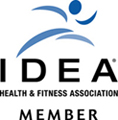
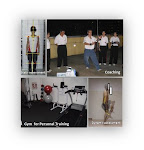
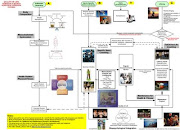




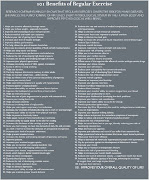






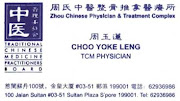



No comments:
Post a Comment